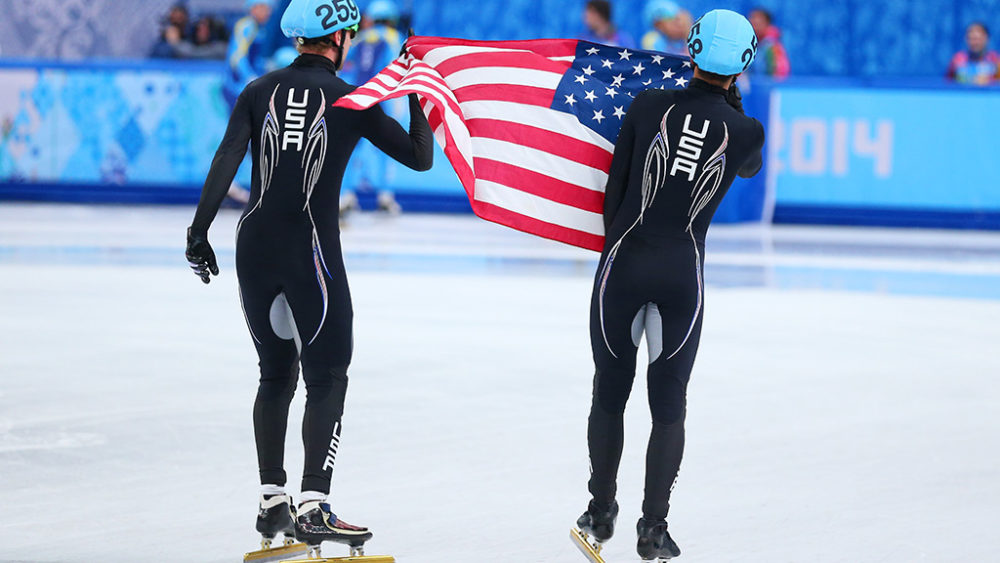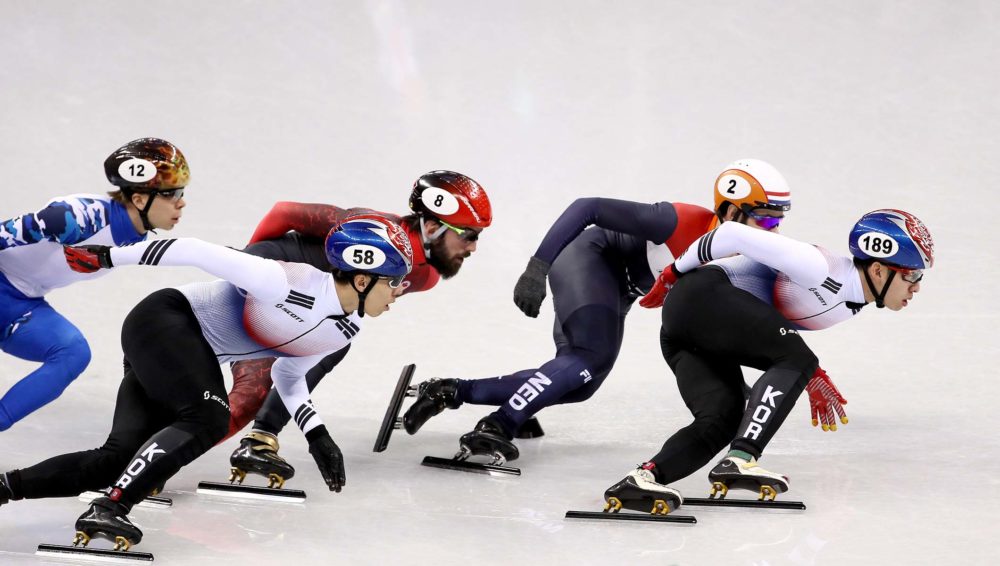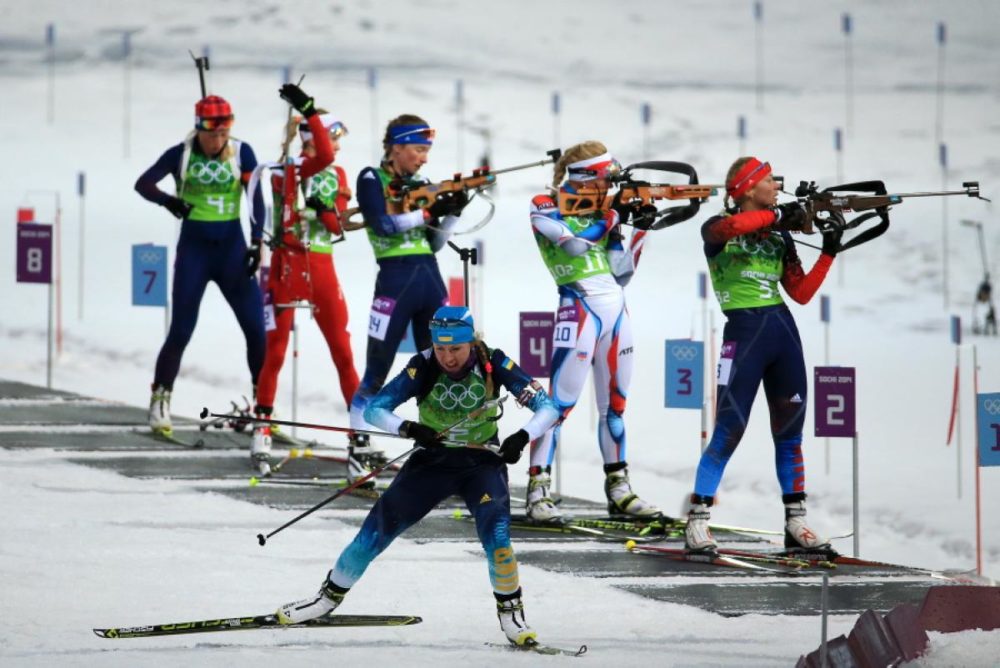
The Winter Olympics are in full swing in PyeongChang, but that doesn’t mean it’s too late to learn about the winter games that we haven’t yet grasped. With 15 different sports spanning over 102 events—the first Winter Olympics to exceed 100 medal events—it’s easy to get lost in the details. Considering Summit Creek is ideally situated in the Wasatch and many of our residents engage in winter sports, from alpine to nordic skiing, we took it upon us to decode a few events that haven’t gained as much global exposure.
Speed Skating vs. Short Track Speed Skating
There’s speed skating and then there’s short track speed skating. The differentiation may seem obvious, with one track being longer than the other, but once you’ve watched both you’re sure to realize they’re not quite the same. Long track speed skating takes place on a 400m oval track with just two skaters each in their own lane, alternating each lap. Short track speed skating, on the other hand, is on a 111m track with multiple skaters competing at once; and, if one skater gets in the way another, he or she may be disqualified. Currently in PyeongChang, the Netherlands is ranked #1 in long track and South Korea holds the lead in short track.

Luge vs. Skeleton
While those competing in the luge and skeleton winter games all use sleds, the two sports are rather distinct. The main difference between the two is that lugers head down the track feet-first while skeleton racers sled down on their stomachs, face forward. Additionally, lugers use a curved fiberglass sled—racing individually or in pairs—and skeleton racers use a far heavier and thinner sled, only competing solo. Currently, Australian David Gleirscher is in the lead for men’s luge singles, German Natalie Geisenberger for women’s luge singles and Germans Tobias Wendl and Tobias Arlt for luge doubles. In the skeleton competition, South Korean Yun Sungbin takes the lead for men and Lizzy Yarnold from England ranks as #1 for women.

Biathlon
Biathlon is one of the more interesting winter games by virtue of the fact that it combines two entirely unrelated sports: cross-country skiing and rifle shooting. Divided into individual, sprint, relay, pursuit and mass start events, biathlon athletes strap the guns on their backs, ski for a certain distance and then stop to shoot at a designated target, either while lying face down or standing up. The final ranking is decided according to one’s skiing time and accuracy of shooting. In PyeongChang, there are eleven biathlon events, broken into men, women and mixed categories.

*Photos courtesy of olympic.org & NY Daily News






